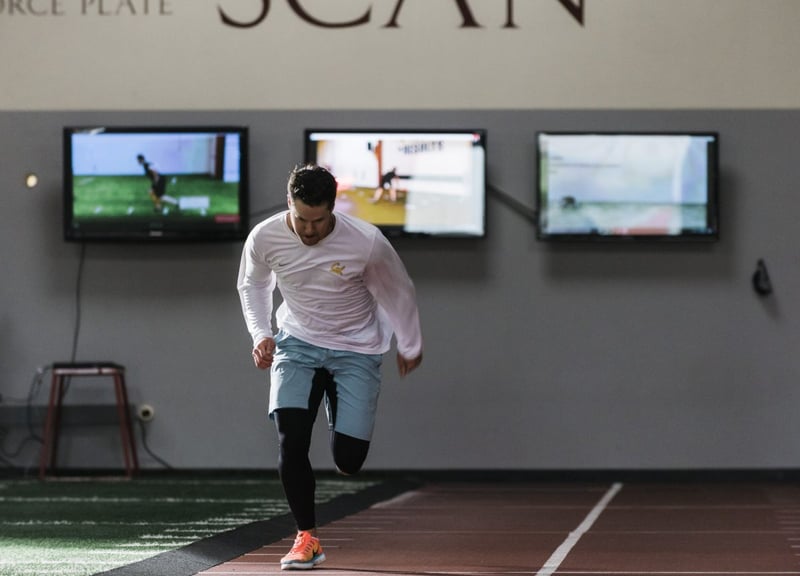
Time is the most limited resource we have. Performance Coaches, Athletic Trainers, Physiotherapists, and most importantly the athletes we all serve. As continued research unearths more and more concepts of how we can best care for these athletes, we all begin to ask for more and more of the athletes time and energy. Unfortunately, this can become harmful to the athlete when all of these disciplines are not working holistically.
The simplest example of this common misuse of time comes in the form of “prehab exercises.” While there is nothing inherently wrong with these types of programs, today they are extremely over-prescribed (not to mention under-coached). Take a baseball pitcher, he has his arm care routine he does with his athletic trainer, his cuff work he does with his strength coach, his band exercises with his pitching coach, and his stability work with his personal trainer. This athlete is spending over an hour everyday doing something that should take less than 10 minutes.
While all of these practitioners have the best of intentions, this lack of communication can not only waste the athletes time, but can actually be a detriment! Too many coaches and trainers want their athletes to do everything they prescribed because it is “part of the program.” The question I would ask is “part of whose program?” The program and the process belong to the athlete, not the coach. No matter your training philosophy, the only question we need to answer is “what is best for the athlete?”
Ask a strength and conditioning professional or performance coach how much time they get with their team and you will rarely get a simple answer. In-season or off-season? What about pre-season? After a win or a loss? What about during a bye week? Finals week? Unfortunately, the training of today’s competitive team sport athlete is hardly predictable. Schedules can change by the minute forcing coaches to create, alter, or all together skip training sessions on the fly.
Keeping this volatility in mind we must ask ourselves not only what do our athletes need, but what do they need most? If you only have 30 minutes with your athletes, what are you going to do?
For us at SPARTA and many of our partners this answer actually is pretty simple. What is their weakness? Utilizing our assessment which compares each athlete’s neuromuscular movement solution to a database of over 8 years of data gives us an idea of how each athlete produces force and the relationship between different force time variables. Based on these relationships we are able to identify what each athlete needs individually, and prescribe movements that we know to affect that specific variable. We most keep in mind that everything has an effect. For example, that 30 minutes may be best spent on regeneration tactics. Whether you are able to utilize a tool like SPARTA or not, if you are given only 30 minutes with your athletes (which these days is often the rule not the exception) you should already know what they need to do.
This is a big one that is often overlooked. With the ridiculous amount of resources available these days for athletes both of the free variety (articles, social media, blogs) and paid (personal trainers, performance coaches, and gurus) the amount of conflicting information is at an all-time high. Simply asking your athletes what else they are doing when they are not with you will go a long way in helping you figure out what they should be doing when they are with you. Take our earlier example, if your pitcher spends 20 minutes a day with his athletic trainer doing arm care, he probably doesn’t need to be doing more. As simple of a concept as this is, if you don’t ask your athlete what else they are doing you will never know.
The real goal of any performance coach should be to minimize the amount of time needed in the weight room to allow the athletes to spend more time with their sport coaches. This does not mean we need to skip training all together, and younger athletes especially would often be better off spending MORE time with strength and conditioning coaches. However we must remember athletes are ultimately judged by their ability to compete in their sport consistently and at a high level.
Give them only what they need. – If you only have 30 minutes with your athletes, do what they need most.
Communicate with your athletes. – Spend less time writing the “perfect program” and more time communicating with your athletes and the people who oversee their development.
Do less, better. – Take a holistic approach and simplify by subtracting.
Our jobs are simply to prepare the athlete for the demands of competing in their sport. Our goal is to improve the resiliency of the athlete, to allow them to perform at a higher level more often.